For those of us who love indoor plants, the cold winter months can be brutal for our houseplants. Bringing in a grow room or a grow tent is a good idea for helping the most delicate houseplants to survive winter in your home.
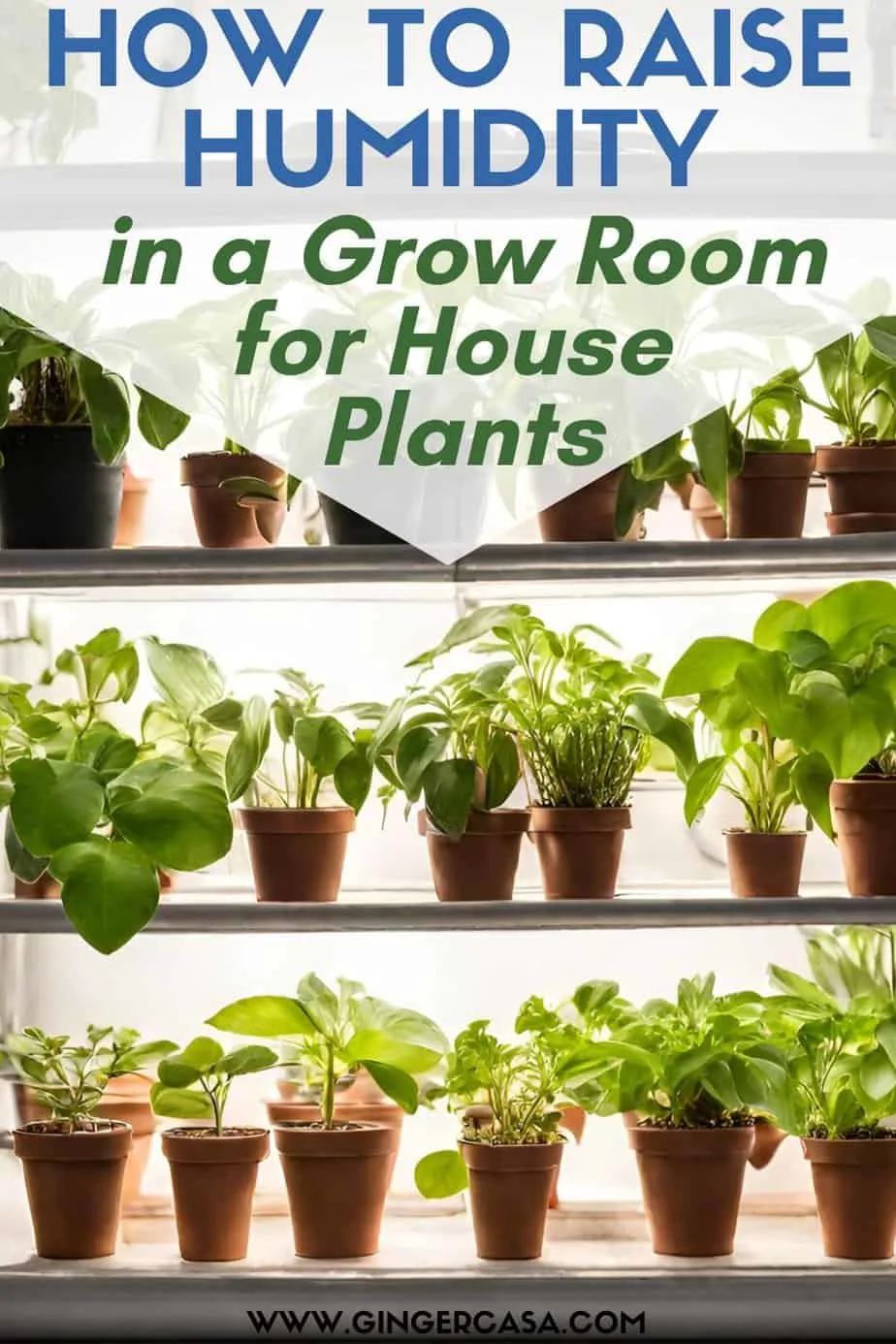
contains affiliate links
Winter can be challenging for houseplants due to several factors that create less favorable conditions for their growth. Here are some reasons why winter can be tough on houseplants:
- Low Humidity Levels:
- Winter air tends to be drier due to cold temperatures and the use of heating systems indoors. Many houseplants, especially tropical ones, prefer higher humidity levels. The dry air and lack of humidity can lead to moisture loss from the plant's leaves through a process called transpiration.
- Limited Sunlight:
- Days are shorter during the winter, and the angle of the sun is lower in the sky. This results in reduced sunlight exposure for houseplants. Since light is essential for photosynthesis, the lower light levels can slow down plant growth.
- Temperature Fluctuations:
- Indoor temperatures may fluctuate more during the winter, especially if there are variations between daytime and nighttime temperatures. Sudden drops in temperature can stress plants.
- Overwatering or Underwatering:
- Winter conditions can affect the watering needs of houseplants. Indoor heating systems can dry out the soil quickly, leading to the need for more frequent watering. However, lower light levels and slower growth mean that plants may not require as much water as they do during the growing season. Overwatering becomes a common issue during winter. (Consider LECA for your houseplants' watering needs!)
- Lack of Ventilation:
- Homes are often sealed tightly in the winter to conserve heat. While this is energy-efficient, it can lead to reduced ventilation and air circulation. Stagnant air can contribute to the development of pests and diseases.
- Drafts and Cold Windows:
- Houseplants are sensitive to drafts, and cold air near windows can negatively impact them. But our plants need sunlight so they are often close to windows. However, prolonged exposure to cold drafts can lead to stress and damage.
- Dormancy and Slow Growth:
- Many plants experience a period of dormancy or slow growth during the winter months. This natural response to seasonal changes means that plants may require less water and nutrients. However, caregivers might mistakenly continue regular care routines, potentially causing issues.
- Pests and Diseases:
- In the winter, indoor environments may become more conducive to the development of pests, such as spider mites and scale insects. Reduced air circulation and low humidity can contribute to the spread of certain plant diseases.
To help houseplants thrive during the winter, consider the following:
- Adjust watering frequency based on the specific needs of each plant.
- Monitor the amount of moisture and how much humidity you have in your plant growing area. Increase humidity levels by misting plants or using a humidifier.
- Rotate plants regularly to ensure even light exposure.
- Protect plants from drafts and keep them away from cold windows.
- Monitor for pests and diseases and take prompt action if detected.
- Install a grow room or grow tent indoors for the winter.
Understanding the seasonal needs of houseplants and making adjustments to care routines can help mitigate the challenges posed by winter conditions.
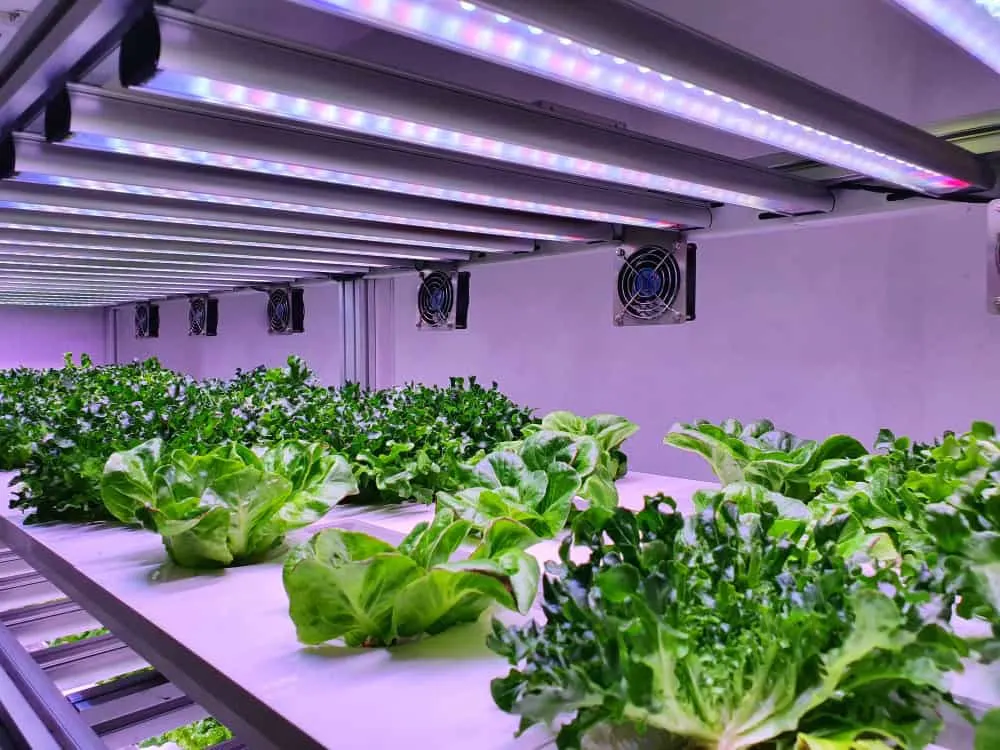
Image by wirestock on Freepik
What is a grow room?
A grow room or a grow tent is a portable, self-contained structure designed for indoor gardening. It is an effective way to ensure a proper grow environment and perfect humidity levels.
These tents provide a controlled environment for plant growth, allowing growers to manage factors such as light, temperature, humidity, and ventilation. Here are some common uses and benefits of grow tents:
- Controlled Environment:
- Grow rooms offer a controlled and enclosed space for indoor gardening. This allows growers to create an optimal environment for plants by regulating factors like light, temperature, and humidity.
- Light Reflection:
- The interior of grow rooms is often lined with reflective material (such as Mylar) to maximize light distribution and intensity. This helps ensure that more of the light produced by grow lights is utilized by the plants, promoting better and more uniform growth.
- Light Containment:
- Grow rooms help contain and direct the light emitted by grow lights, preventing light from leaking into undesired areas.
- Odor Control:
- Grow rooms can be equipped with ventilation systems and carbon filters to control and eliminate unwanted smells.
- Space Efficiency:
- Grow rooms are available in various sizes, making them suitable for small spaces. They are an efficient way to maximize the use of available space for indoor gardening.
- Easy Setup:
- Grow rooms are designed to be easy to set up and dismantle. They typically consist of a frame made of metal or PVC and a durable fabric cover. This simplicity allows growers to assemble their growing space quickly and only use when necessary, like the cold winter months,
- Ventilation and Air Circulation:
- Grow rooms often come with a built-in ventilation system with ports and openings for fans. This enables growers to manage airflow, which is crucial for preventing issues like heat buildup and ensuring proper gas exchange for plants.
- Pest and Contamination Control:
- The enclosed nature of grow rooms helps protect plants from pests and contaminants commonly found in outdoor environments. This controlled space minimizes the risk of infestations and diseases.
- Customization:
- Grow rooms can be customized with various accessories, such as grow lights, fans, filters, and hydroponic or soil-based systems, to create an ideal environment for specific plants.
Overall, grow rooms are versatile tools for indoor gardening, offering a convenient and controlled space for cultivating a wide range of plants in a variety of environments and climates.
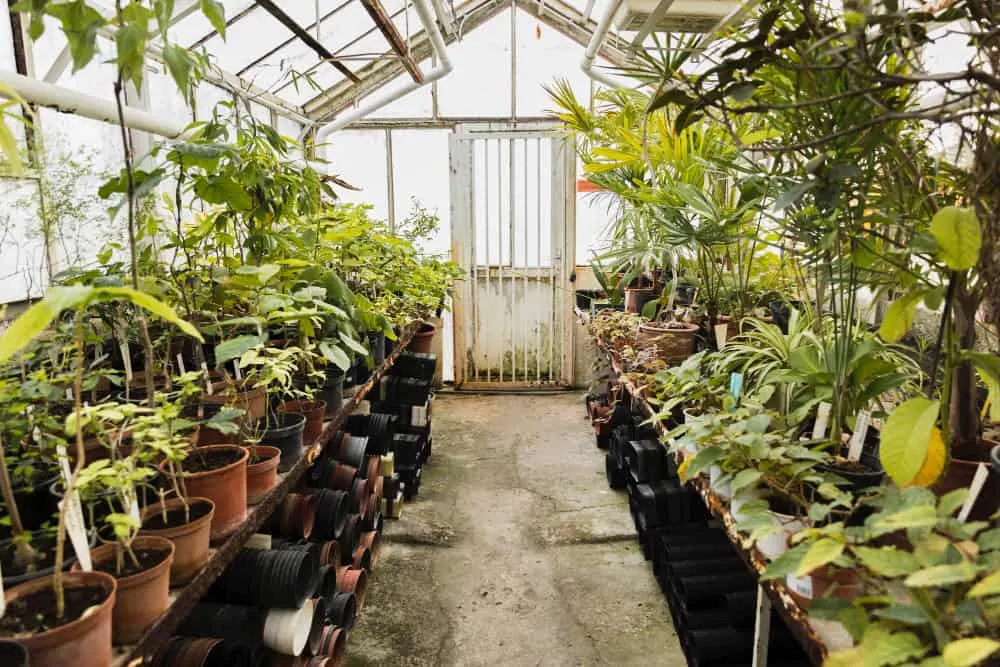
Image by Freepik
Is a grow room better than a greenhouse?
A greenhouse is typically kept outdoors, while a grow room is indoors. Whether a grow room or a greenhouse is better depends on various factors, including the type of plants you are cultivating, your specific goals, and the resources you have available. Both grow rooms and greenhouses have their advantages and disadvantages.
Grow Room:
Advantages:
- Controlled Environment: Grow rooms provide precise control over environmental factors such as temperature, humidity, light, and air circulation. This level of control is beneficial for cultivating plants with specific requirements.
- Year-Round Cultivation: Since grow rooms are typically indoors, they are not subject to seasonal changes. This allows for year-round growth without being affected by external weather conditions.
Disadvantages:
- Energy Consumption: Maintaining a controlled environment indoors can require significant energy for lighting, heating, and ventilation, potentially leading to higher operating costs.
- Limited Natural Light: Unless equipped with high-intensity artificial lighting, grow rooms may lack the intensity and spectrum of natural sunlight, which can affect plant growth.
Greenhouse:
Advantages:
- Natural Sunlight: Greenhouses harness natural sunlight, providing a more energy-efficient source of light for plants. This can lead to cost savings and a more sustainable approach to cultivation.
- Extended Growing Season: Greenhouses extend the growing season by capturing and retaining solar heat. This allows for earlier planting in the spring and later harvests in the fall.
- Energy Efficiency: While greenhouses require energy for heating during colder seasons, they often benefit from passive solar heating and can be more energy-efficient than fully indoor grow rooms.
Disadvantages:
- Limited Control: Greenhouses offer less control over environmental factors compared to indoor grow rooms. External weather conditions, pests, and diseases can still impact plants.
- Pest and Disease Management: Due to the semi-open nature of greenhouses, pests and diseases may be more challenging to control compared to fully enclosed grow rooms.
- Seasonal Changes: Greenhouses are influenced by seasonal changes, which can limit certain types of crops or plants that require a specific environment year-round.
The choice between a grow room and a greenhouse depends on your specific needs and circumstances. If precise control over environmental factors and year-round growth are crucial, an indoor grow room may be more suitable. If you want to leverage natural sunlight, extend the growing season, and potentially reduce energy costs, a greenhouse might be a better fit. Some growers even combine the benefits of both by using a greenhouse with supplemental indoor lighting.
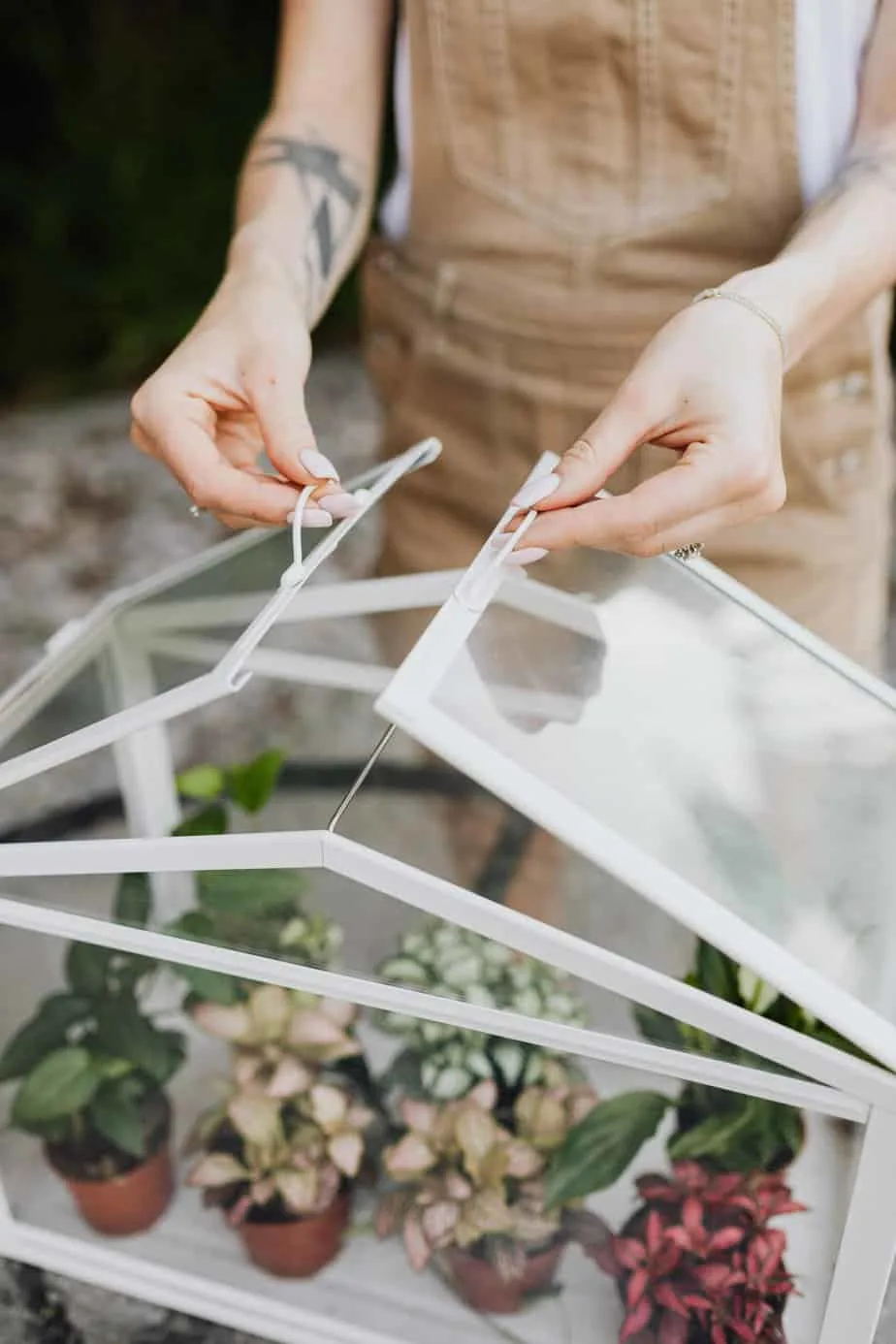
What Houseplants would Thrive in a Grow Room?
Most all house plants would love to live in a grow room, with optimal humidity levels, light intensity, and protection from the outside world. If you got a grow room for a holiday gift, consider putting your most expensive tropical plants in it before the more common plants like pothos. Finicky plants would also be the first to move into a grow room. Those that shed leaves when it gets cold, like the high maintenance croton!
- crotons
- orchids
- calatheas
- begonias
- fiddle leaf figs
- anthuriums
- stromanthes
- alocasias
If you don't own any of these plants, then monsteras, philodendrons, hoyas, and others would enjoy a warm tropical environment, especially in the winter. This helps ensure the right balance of light, temperature, and humidity.
Additionally, be mindful of the specific care requirements of each plant, as they may vary. Adjustments to watering, fertilizing, and other care routines may be necessary based on the conditions in your grow room.
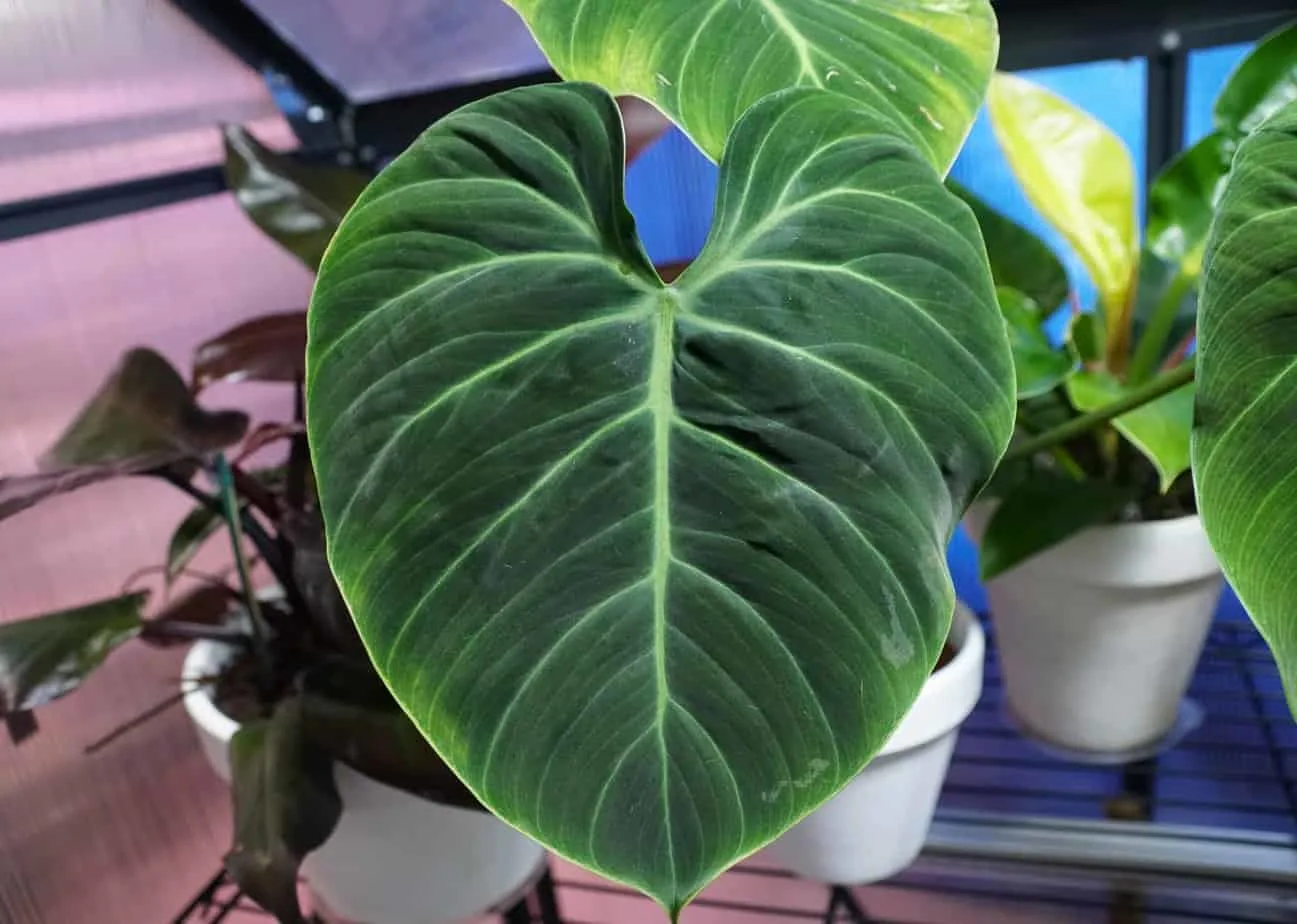
The beautiful green leaf of Philodendron El Choco Red
How to Raise Humidity in a Grow Room
Now on to our main issue...how do you increase humidity in a grow room?
Raising humidity in a grow room is important for certain plants that thrive in higher humidity levels, like plants that were found in a tropical rainforest. Here are some effective ways to increase humidity in a grow room:
- Use a Humidifier:
- Humidifiers are devices designed to add moisture to the air. They come in various sizes and types, including ultrasonic and evaporative humidifiers. Choose one that suits the size of your grow room.
- Misting:
- Regularly misting the plants with water can help increase humidity. Use a spray bottle to mist the plants and surrounding surfaces. Be cautious not to overdo it, as excessive moisture can lead to other issues like mold.
- Water Trays or Trays with Pebbles:
- Place shallow trays filled with water or trays with pebbles and water beneath the plants. As the water evaporates, it increases the humidity in the surrounding air. Some indoor growers say an easy way to increase humidity in a confined space is to leave out a bucket of water, but that may not be manageable, depending on the size of your grow tent/room.
- Damp Towel or Sponges:
- Hang wet towels or place wet sponges in the grow room. As the water evaporates, it will contribute to higher humidity levels.
- Seal Gaps and Cracks:
- Ensure that the grow room is well-sealed to prevent the escape of humid air. Seal any gaps or cracks in windows, doors, or walls with weatherstripping or other appropriate materials.
- Use a Hygrometer:
- Purchase a hygrometer to monitor the humidity levels accurately. This will help you adjust your humidity-boosting methods accordingly.
- Group Plants Together:
- Grouping plants closely together can create a microenvironment with higher humidity, as plants release moisture through a process known as transpiration.
- Increase Room Temperature:
- Warmer air can hold more moisture, so increasing the temperature in the grow room slightly may also help raise humidity levels. However, be mindful of the temperature requirements of your plants.
- Humidity Domes:
- If you are starting plants from seeds or cuttings or have very young plants, consider using humidity domes to create a more controlled and humid environment for the initial stages of growth.
- Mulching:
- Adding a layer of organic mulch to the soil surface can help retain moisture and contribute to higher humidity levels in the grow room.
Remember to monitor the humidity levels regularly and make adjustments as needed. Maintaining the right humidity is crucial for the health and growth of your plants. Different plants have varying humidity requirements, so it's important to consider the specific needs of the plants you are cultivating in your grow room.
What are the ideal humidity levels of a grow room?
Tropical house plants generally thrive in higher humidity levels, as they are adapted to the humid conditions of their native environments. A grow room can help because you can adjust the humidity settings and tent temperature.
While specific humidity preferences can vary among different tropical plants, a general guideline is to maintain humidity levels between 50% and 60%. Some tropical plants may prefer even higher humidity, up to 70% or more. Here are some common ranges for popular tropical house plants:
- Philodendrons:
- Ideal Humidity: 50-60%
- Some varieties, like Philodendron gloriosum, may appreciate higher humidity levels.
- Monstera Deliciosa:
- Ideal Humidity: 50-60%
- Monstera plants tolerate a range of humidity levels but prefer higher humidity.
- Calathea Species (e.g., Calathea Orbifolia):
- Ideal Humidity: 50-60%
- Calatheas generally prefer higher humidity and may benefit from regular misting.
- Ferns (e.g., Maidenhair Fern):
- Ideal Humidity: 50-60%
- Ferns are native to forest floors where humidity tends to be high.
- Orchids:
- Ideal Humidity: 50-70%
- Orchids, such as Phalaenopsis, appreciate higher humidity levels, especially during their active growing season.
- Begonias:
- Ideal Humidity: 50-60%
- Begonias prefer moderate to high humidity, and some varieties, like Rex Begonias, may benefit from higher levels.
- Alocasia Species (e.g., Alocasia Polly, Alocasia Zebrina):
- Ideal Humidity: 60-80%
- Alocasias, especially those with high humidity preferences, thrive in humid conditions.
- Stromanthe Sanguinea 'Triostar':
- Ideal Humidity: 50-60%
- Stromanthe varieties prefer moderate to high humidity.
- Maranta (Prayer Plant):
- Ideal Humidity: 50-60%
- Prayer plants, including Maranta and Calathea varieties, thrive in moderately high humidity.
- Anthurium (Flamingo Flower):
- Ideal Humidity: 60-80%
- Anthuriums appreciate higher humidity levels, and maintaining humidity can enhance their flowering.
Good luck growing your houseplants or vegetables indoors. Hopefully these tips will help create the optimal growing environment for your plant babies. If you decide to install a grow room or grow tent, or even a greenhouse, may it give you total control of humidity control, higher temperatures, and the best way to make your plants thrive, even in the winter.
